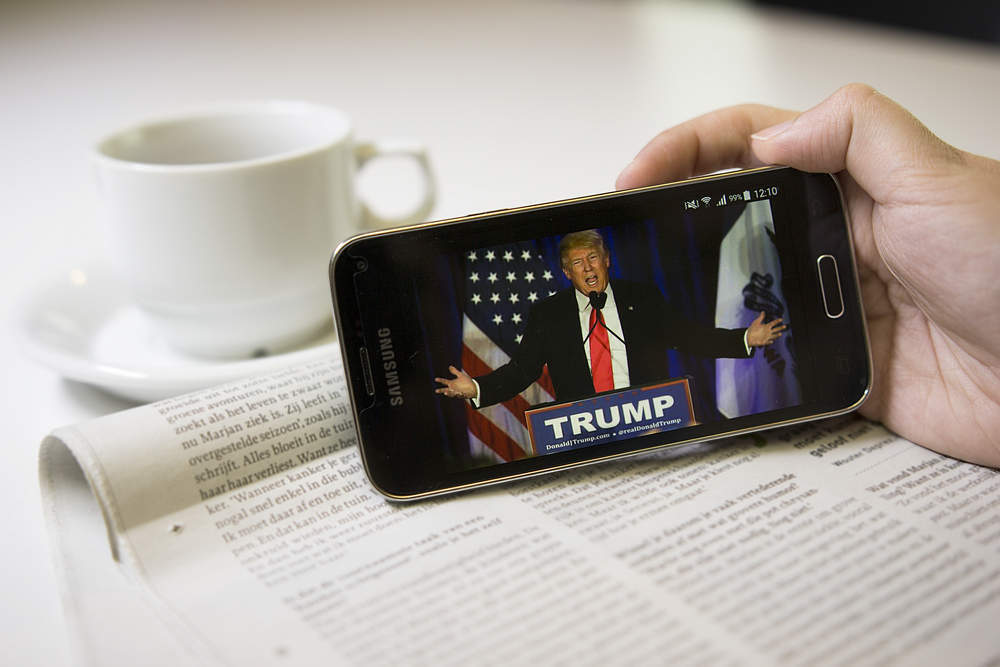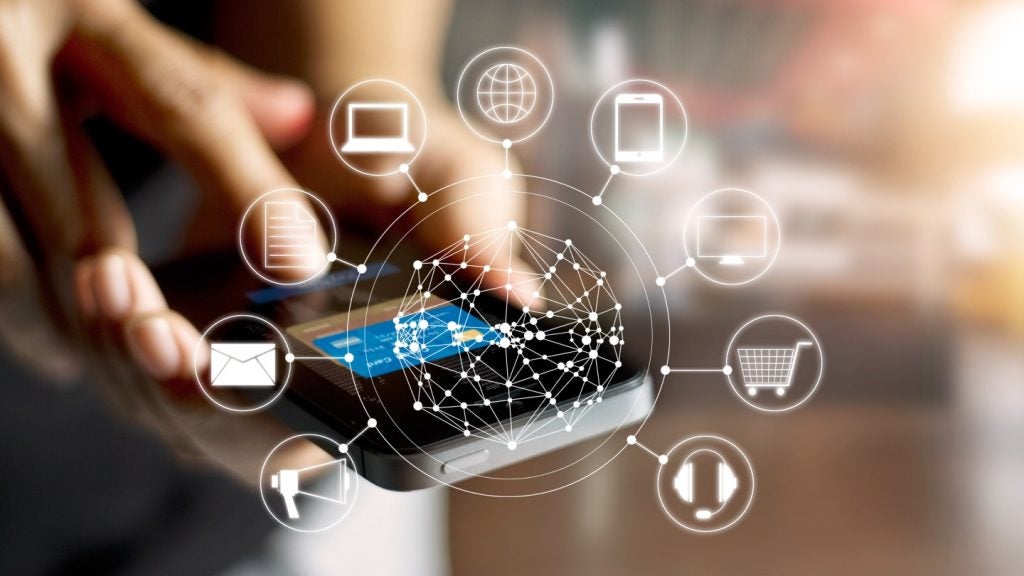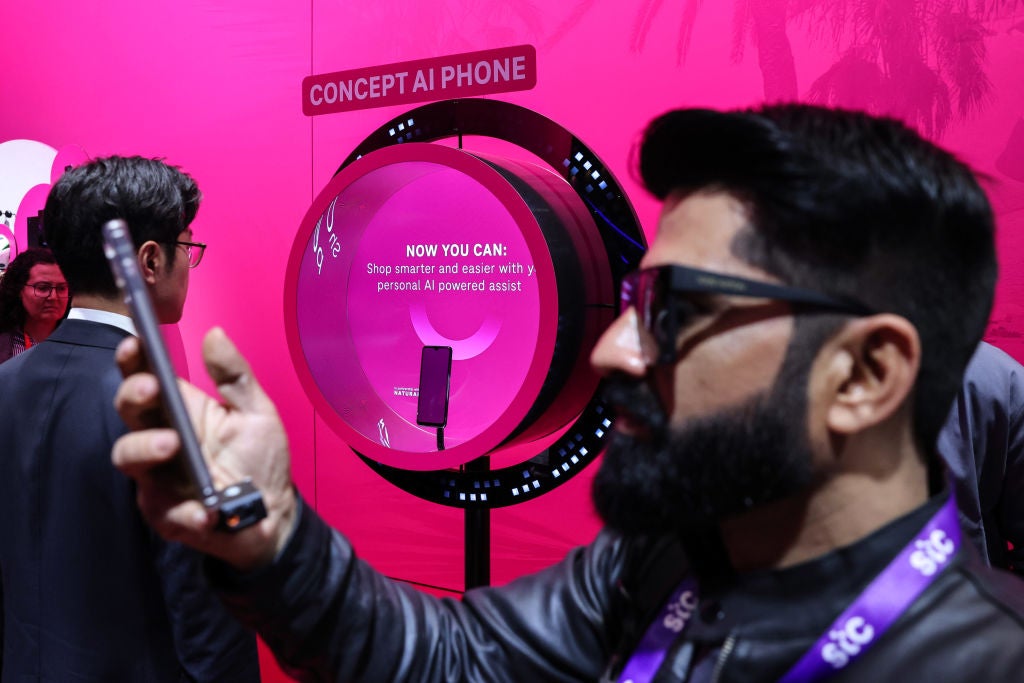
The global pandemic that is COVID-19 has brought the world to a standstill. Entire countries are on lockdowns and an economic recession is imminent. Multiple industries are feeling the effects of COVID-19, including smartphones. Global supply chains have been disrupted. Manufacturing hubs and key suppliers outside of China, in countries such as Malaysia and India, are closed temporarily.
Shut downs on smartphones
Samsung’s biggest manufacturing plant in Noida, India, which manufactures 120 million smartphones annually, has been shut down for 21 days as a part of India’s measures to control the spread of the virus. The Chinese company Foxconn, the primary manufacturer of iPhones, is slowly coming back to their feet. However, it will take months before their operations to fully recover. Apple has also dropped its revenue forecast for the year, citing supply shortages. Apple was widely expected to release its junior flagship, the $400 iPhone SE 2 in March 2020. The phone is nowhere in sight, thanks to COVID-19.
Discretionary income spending is inhibited as people struggle with mass unemployment and a loss of health benefits. Obviously this directly impacts premium products such as flagship smartphones. Even when consumer spending slowly inches back, there will be delivery backlogs due to supply chain constraints.
Smartphone sales could drop by 40%
Reports indicate that the smartphone sales are expected to drop by as much as 40% in Q2 2020. China has already seen a nose dive in phone sales. In the US, a majority of phone sales still occur at carrier retail stores. But retail stores are feeling the lockdown effects, too.
T-Mobile has temporarily shut 80% of its retail stores while AT&T has shut 40%, with more closures on the way. US carrier AT&T also faces potential smartphone shortages, as highlighted by its COO John Stankey at a Morgan Stanley press conference in late March. Verizon, also at the same conference, said that it was also expecting a material impact on its equipment revenue line. Low spending and consumers staying at home will stifle phone upgrade rates and inhibit subscriber and phone additions.
Consumer churn expected to remain low
But there is some good news. Consumer churn is expected to remain low. Switching carriers is not high on the list of consumers hunkered down in their homes. Carriers have also stepped up to offer unlimited data to their customers temporarily, to keep them from switching and to help with their remote working and homeschooling needs. Data is now on the list of consumer essentials.
How well do you really know your competitors?
Access the most comprehensive Company Profiles on the market, powered by GlobalData. Save hours of research. Gain competitive edge.

Thank you!
Your download email will arrive shortly
Not ready to buy yet? Download a free sample
We are confident about the unique quality of our Company Profiles. However, we want you to make the most beneficial decision for your business, so we offer a free sample that you can download by submitting the below form
By GlobalDataIn the 5G market, premium flagships were expected to jumpstart mainstream adoption of the new technology. This may be muted in the coming months. It is now unclear whether Apple’s next flagship 5G-enabled iPhone will come to market in September. This was an event carriers worldwide had been anticipating to jumpstart demand for 5G services.
New launch for Apple could be limited
Even if Apple manages to release the phone on time, it is very likely that the phone will launch with limited supplies. In this new normal of low spending, carriers are looking to cheaper 5G phones to move needle. Xiaomi, Lenovo and HMD have already announced affordable 5G phones. Most of them are under $400 with Qualcomm’s mid-range integrated 5G chipset. Their launches will be critical in the coming months.
The full economic and long-term financial impact of the global pandemic is still being assessed. Consumer spending will remain inhibited for some time, and supply chains will restart slowly. Even as things get back to normal, a supply and output slump will cause delivery backlogs for popular smartphones. Carriers may even consider the abandoned subsidy model to briefly jumpstart phones sales. These truly are unprecedented times.









Related Company Profiles
Qualcomm Inc
Xiaomi Inc
Morgan Stanley
Apple Inc